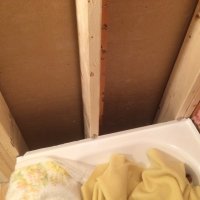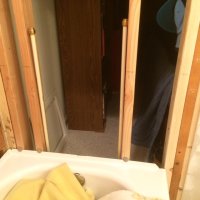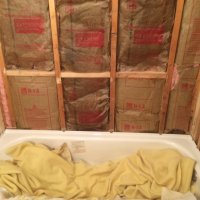Ask five people their favorite car, and you may get five answers. Same with CBU. Hardie isn't crap, but it's different than some of the others. One reason why it is stronger than most is the fact that it is in the class called fiber-cement. If you look at their MDS info, you'd see that it can contain nearly 15% cellulose (paper). Those fibers help it with the strength, but while they're encased in cement, is one reason why it has its own installation instruction set when building a shower. In your application, it isn't a big deal. Because it is dense, it is harder to get the screws to countersink, but if you use the ones designed for that board (they have what amounts to a reamer on the bottom of the head), it works. On the others, it ends up crushing the board, but on Hardie, that typically doesn't happen and to get them flush, it must essentially drill it IF you've used the right screws; otherwise, you'll not get them flush. Cutting it is harder than some others, too. But, it is harder to have it crack the edge out when putting in the screw. So, it's a matter of preference and application.
Unless you are using a really small tile on the walls, as long as most of the tile is supported by the cbu there, you do NOT need to run it down or over the tub flange. You do, as with anything, have to be careful how you waterproof that joint, though.
WHen tiling (or embedding a membrane with thinset), your friend is SSD (surface saturated, dry (to the touch))...Hardie can really suck a lot of moisture out of your thinset, so wipe it down with a wet sponge, maybe multiple times, until it stops absorbing moisture. Then, the water in your thinset can do what it was designed to do, cure the cement, not be sucked out, leaving a dried out mix of uncured cement and sand. While this is a good thing to do with any cbu, it is more important with Hardiebacker. Pros don't like to spend the time, as time is money to both cut it, screw it in place, or prep it for tile. As a DIY'er, use what is available, and don't worry about it, you're already slow, the difference is minor. Do it a lot, and you will gravitate to something that can be done faster.



